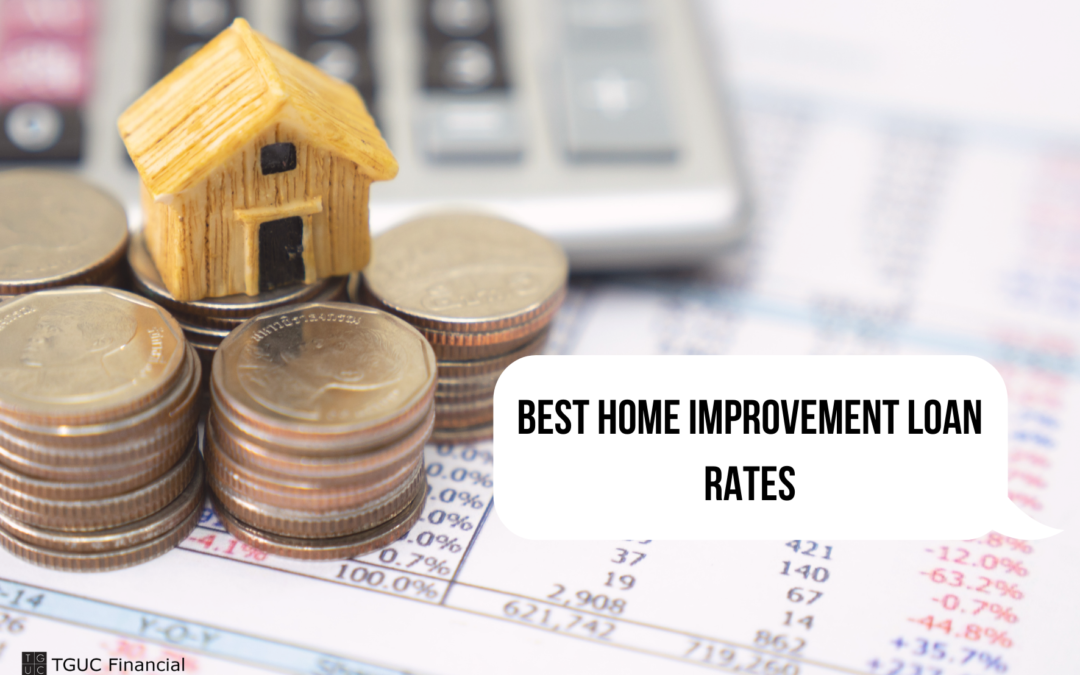Introduction:
When it comes to funding your home improvement projects, securing the right loan with favorable rates is essential. Home improvement loan rates can vary significantly depending on factors such as the type of loan, your credit score, and the lender’s terms. In this article, we’ll delve into the intricacies of Fit Home Improvement.com/, explore the different options available, and provide insights to help you make informed decisions when financing your home renovations.
1. Understanding Home Improvement Loan Rates:
Home improvement loan rates refer to the interest rates charged by lenders for borrowing funds to finance home renovation projects. These rates can vary depending on several factors, including the type of loan, the borrower’s creditworthiness, and prevailing market conditions. Generally, borrowers with higher credit scores and stronger financial profiles are likely to qualify for lower interest rates, while those with lower credit scores may face higher rates or additional fees.
2. Types of Home Improvement Loans:
There are several types of loans available to finance home improvement projects, each with its own set of terms, rates, and eligibility requirements. Some common types of home improvement loans include:
- Personal Loans: Personal loans are unsecured loans that can be used for a variety of purposes, including home improvements. These loans typically have fixed interest rates and terms, making them a predictable and convenient financing option for homeowners.
- Home Equity Loans: Home equity loans allow homeowners to borrow against the equity in their homes to fund renovations. These loans typically have fixed interest rates and terms and may offer lower rates than personal loans, as they are secured by the borrower’s home.
- Home Equity Lines of Credit (HELOCs): HELOCs are revolving lines of credit that allow homeowners to borrow against the equity in their homes as needed. These loans often have variable interest rates tied to the prime rate, making them a flexible but potentially riskier option for financing home improvements.
3. Factors Affecting Home Improvement Loan Rates:
Several factors can influence the interest rates offered on home improvement loans, including:
- Credit Score: Borrowers with higher credit scores generally qualify for lower interest rates, as they are considered less risky to lenders. Conversely, borrowers with lower credit scores may face higher rates or additional fees.
- Loan Amount and Term: The amount borrowed and the term of the loan can also affect the interest rate. In general, larger loan amounts and longer loan terms may result in higher interest rates, as they represent a greater risk to lenders.
- Lender’s Terms: The terms and policies of the lender offering the loan can also impact the interest rate. Some lenders may offer competitive rates and terms to attract borrowers, while others may have stricter eligibility requirements or higher rates.
4. Shopping Around for the Best Rates:
To ensure you secure the best possible home improvement loan rates, it’s essential to shop around and compare offers from multiple lenders. Consider factors such as interest rates, fees, loan terms, and customer reviews when evaluating loan options. Additionally, pre-qualifying for loans with multiple lenders can help you gauge your eligibility and compare rates without impacting your credit score.
5. Conclusion:
In conclusion, home improvement loan rates play a crucial role in financing your renovation projects and can vary significantly depending on several factors. By understanding the different types of loans available, the factors that affect interest rates, and the importance of shopping around for the best rates, you can make informed decisions when securing financing for your home improvements. Whether you opt for a personal loan, home equity loan, or HELOC, choosing the right loan with favorable rates can help you achieve your renovation goals while minimizing costs and maximizing value.

